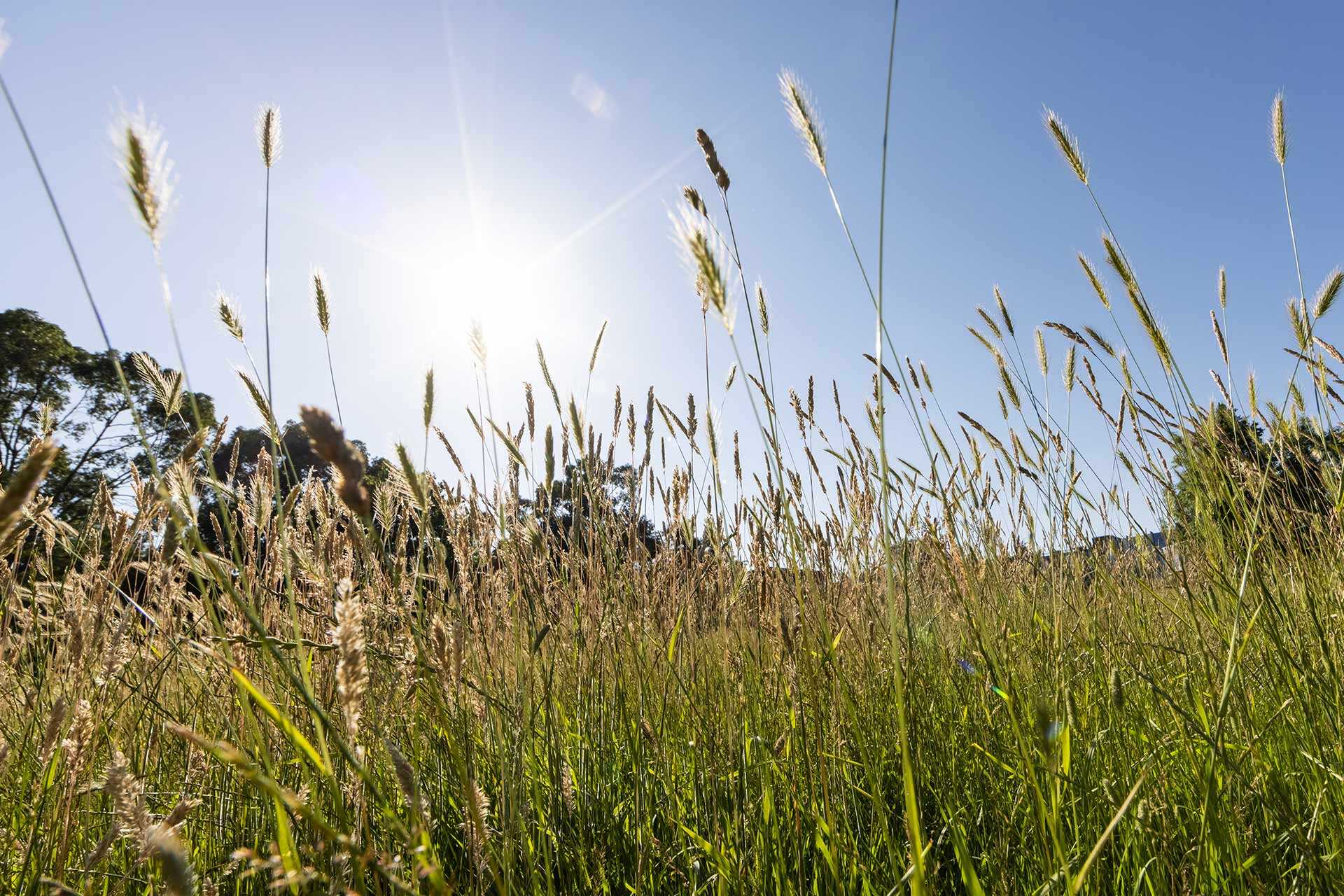
Sustainability on the Canterbury campus
Terrapins, like Terry, are an invasive species. They are widespread across mainland Europe, yet no native freshwater terrapins have been found in the UK for around 7,000 years, due to suspected climatic changes and possible anthropogenic factors.
They have been popular pets in western society for decades, typically imported as coin-sized hatchlings from the USA and more recently South Asia. However, they grow too large for the typical domestic aquarium and present owners with a dilemma of how to cope with a large adult when fully grown. For this reason, many have been illegally released into UK freshwater habitats such as ponds, lakes and canals.
Enter Terry, who was first sighted in Keynes Duck Pond, before being spotted crossing the road. Terry was helped to the Upper Eliot Pond in the woods behind the Venue – a kindly act for the terrapin but one which had consequences for the great crested newts and their larvae which Terry had new access to as a food source.
The great crested newt is a protected species which is present in several ponds on the Canterbury campus. While they are not uncommon in the south-east of England, they have suffered dramatic declines over the last 60 years, due to development and agricultural changes.
Terry the terrapin will soon have a new home – a specialist rescue centre – so the great crested newts which reside in the Upper Eliot Pond can survive and thrive in the absence of their reptilian invader.
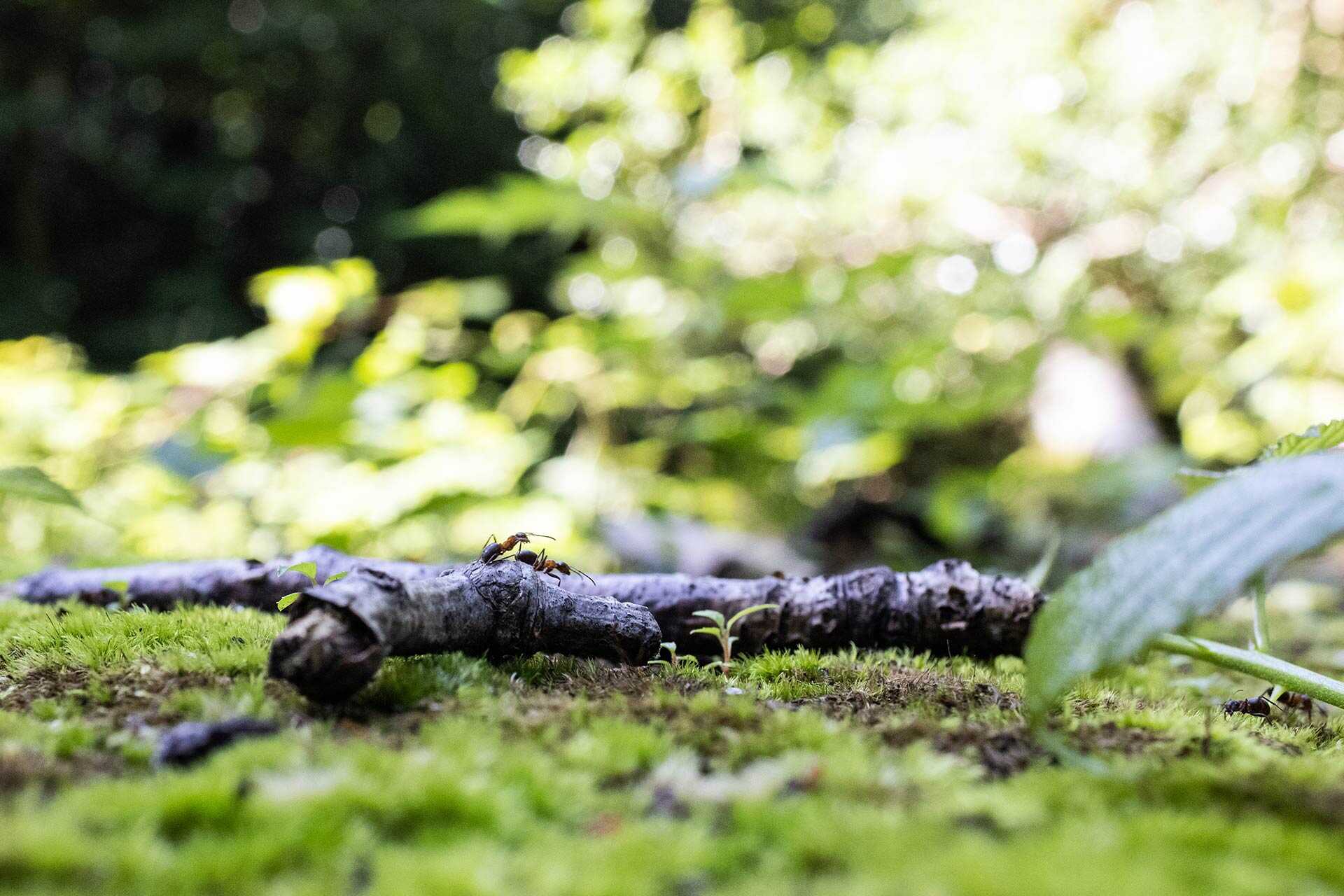
A rogue terrapin and the great crested newts are just two of the many species found on our 300-acre Canterbury campus. This complex ecosystem is managed, from a human point of view, by the University’s Landscape and Grounds Team and the Sustainability Team who regularly collaborate with the Durrell Institute of Conservation and Ecology and a number of other departments.
Chris Wright is the Landscape and Grounds Supervisor. His team of ten (down from 30 in years gone by) is responsible for the maintenance of the University’s natural spaces – everything from grass-cutting, bed and shrub maintenance, to woodland and pond management and looking after memorial trees and benches.
Emily Mason, the Environmental Sustainability Coordinator, supports sustainability projects across our campuses and provides expertise on specific sustainability topics like biodiversity management and behaviour change solutions.
Together with their colleagues, and under pressure from the climate crisis facing us all, their work is shaping a new campus. They are inspired and guided by developments and research in environmental science, underpinned by a desire to create an environment which benefits everyone – balancing the needs of students, staff and the local community with those of the wildlife which populates the campus.
The focus of their aesthetic principle is the natural, sustainable and wild. One example is the mowing of grass. Chris explains: “Around buildings and paths we continue to cut the grass short. But areas further away we allow to grow. This provides a habitat for caterpillars and butterflies, and other insects.” In other central campus locations, the grass is allowed to grow marginally longer than previously – enabling daisies, buttercups and dandelions to flourish, which are inviting for pollinators.
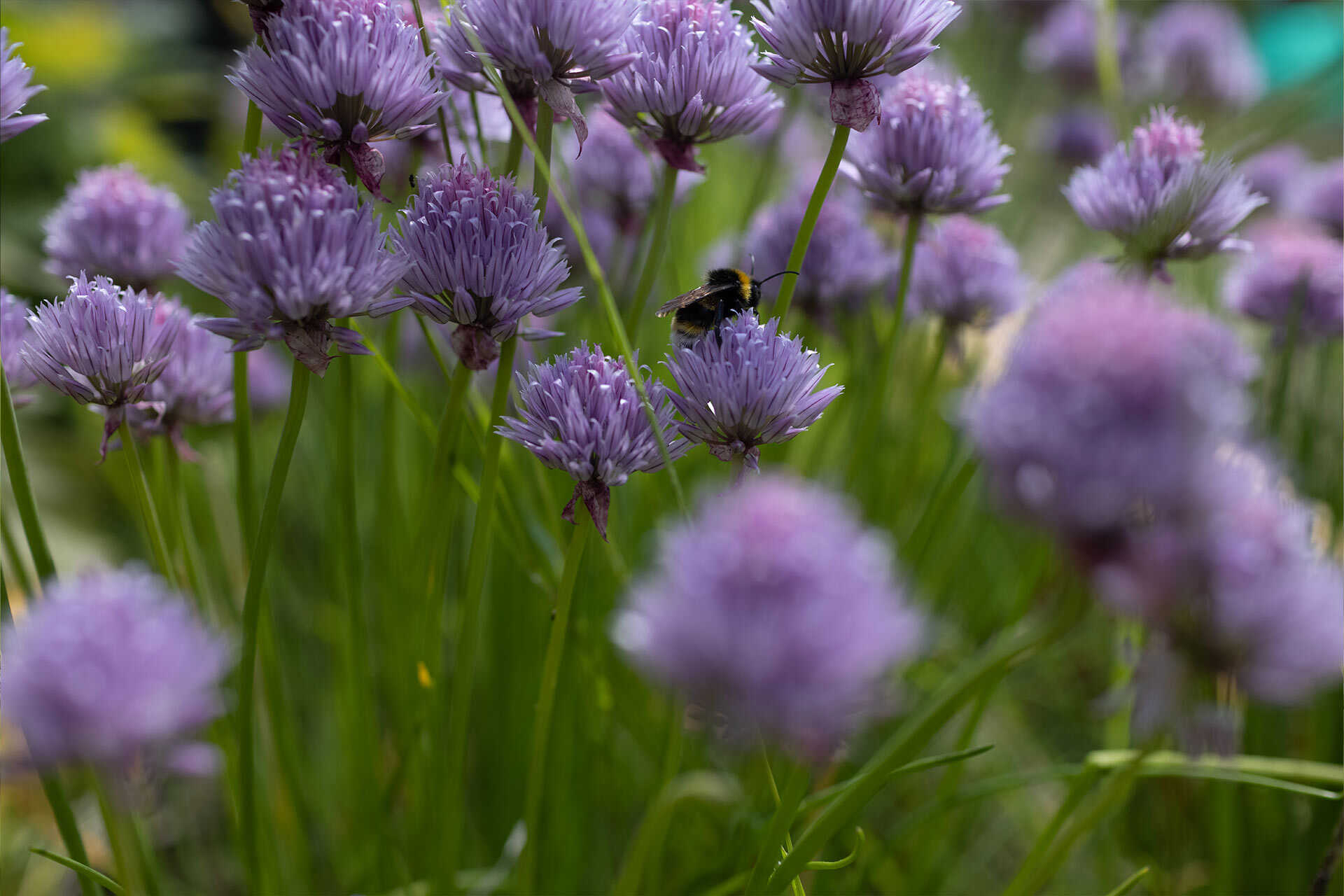
The planters in Jarman plaza and the flowerbeds outside the Colyer-Fergusson have been planted with an allium bulb mix. In bloom they look stunning and bring a splash of colour to a busy area – purple plants are also particularly attractive to pollinators such as bees and butterflies. On the library lawn new benches have been installed that create a new place to sit and act as hibernacula for invertebrates.
The practice of coppicing is the traditional woodland management technique of repeatedly felling trees at the base and allowing them to regrow. The primary goal for coppicing at Kent is to improve the health of our trees and create additional benefits for other wildlife. Coppicing is a human intervention that partly simulates the act of retrenching (when trees naturally drop their branches to extend their life), which helps our trees live longer within the woodlands.
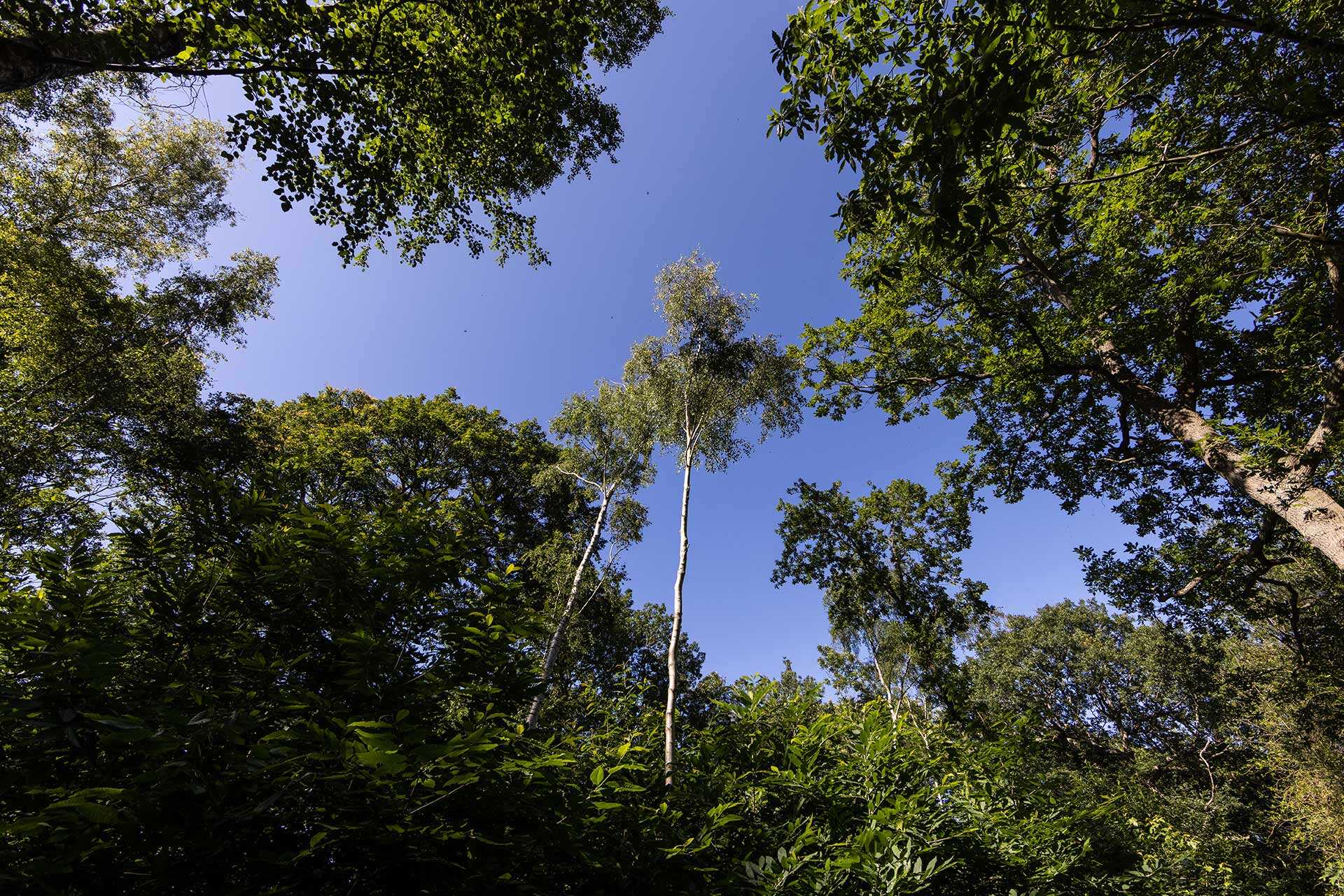
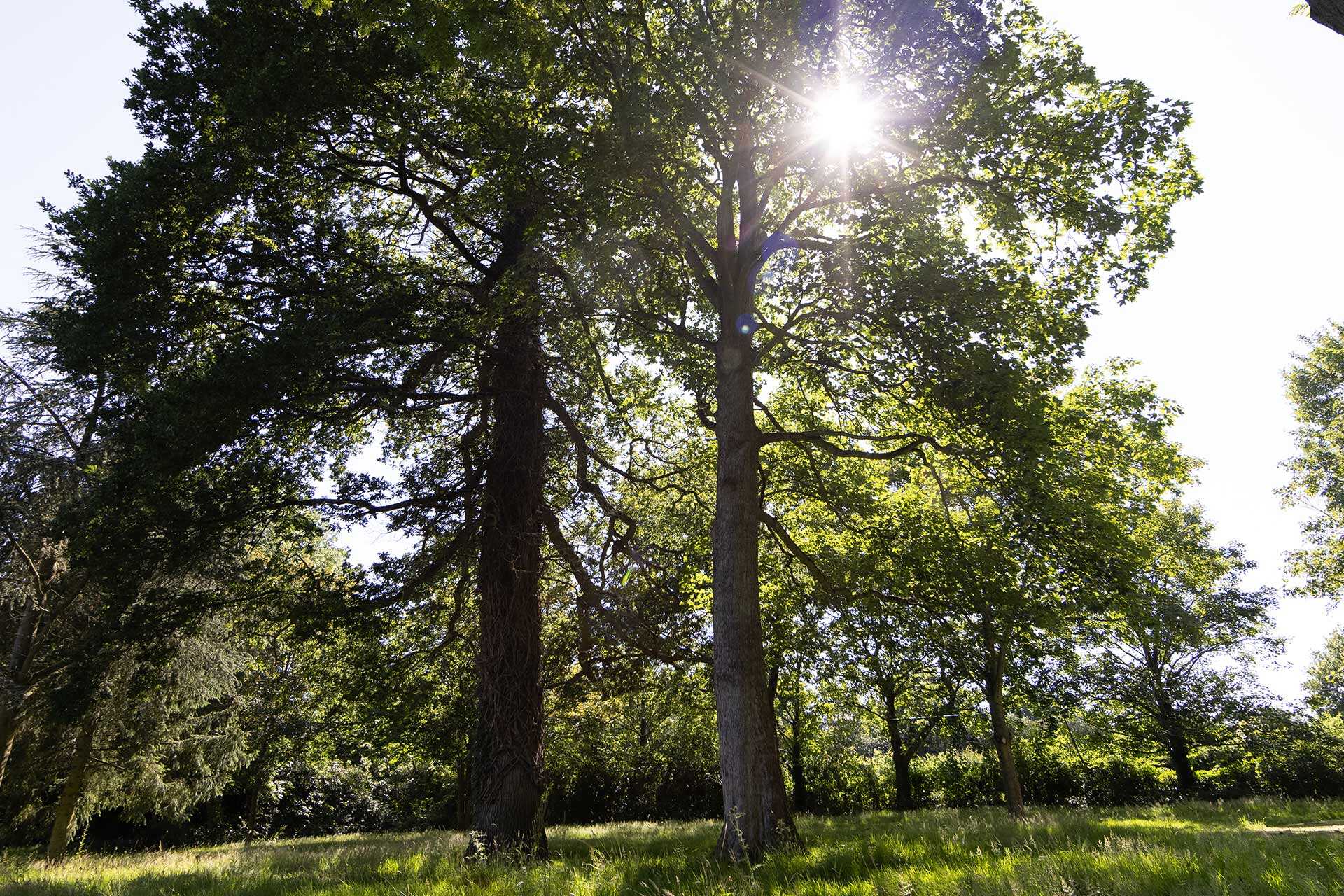
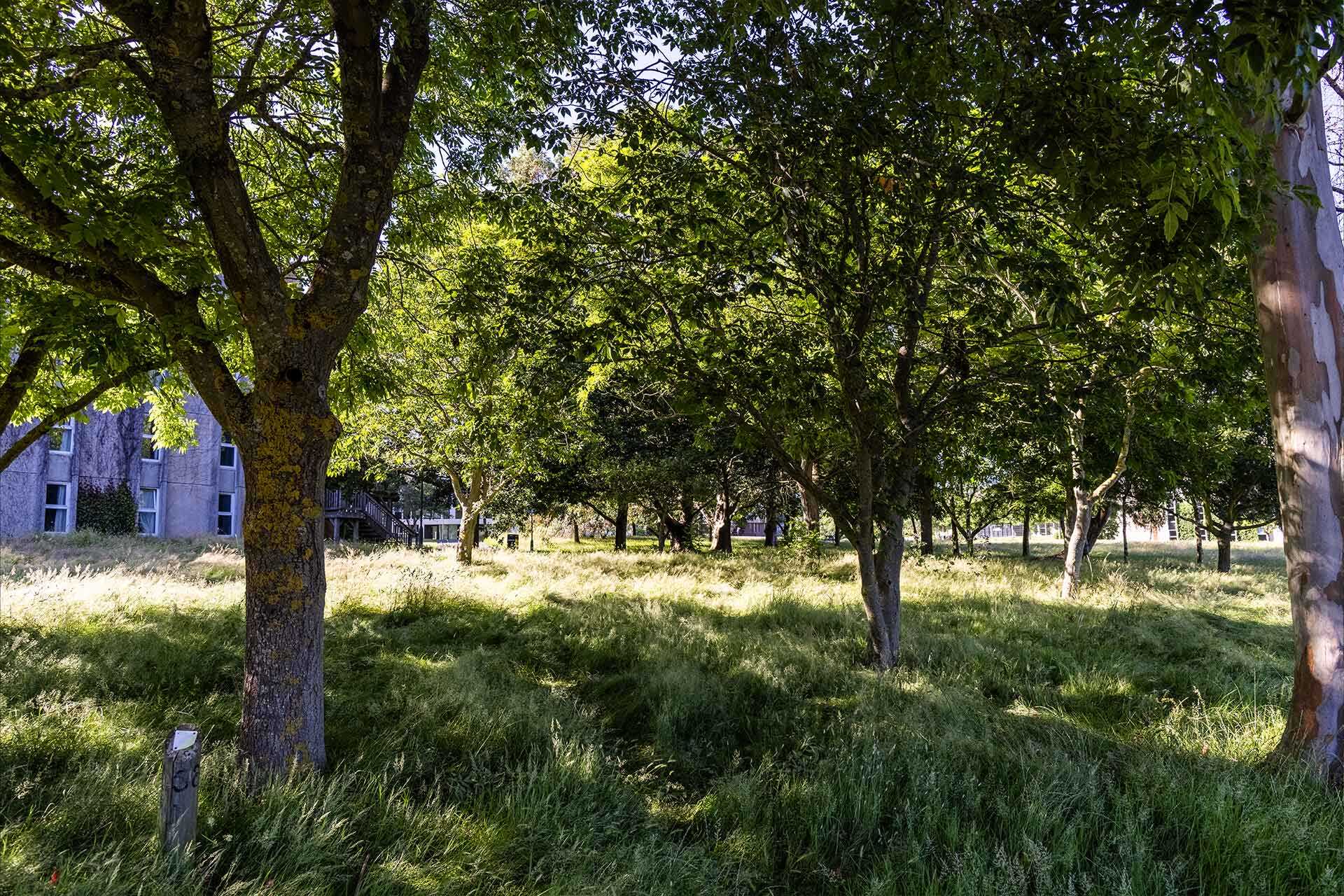
By removing sections of canopy, the amount of light that can reach the woodland floor increases. Previously dormant in the seed bank in the soil, other species of vegetation are afforded the chance to grow and increase the diversity of that area. This increase in vegetation increases the amount of habitat and forage opportunities for insects, birds and mammals.
Emily Mason describes the process at Kent: “When we coppice we do not clear fell the sections; instead we ensure that very mature trees are left in place. Species such as oak and ash are left and we leave a proportion of ivy, holly and bramble to ensure there is cover and forage for other species.”
“We also leave any newly emerging vegetation and any deadwood we find, which is useful for insects. While coppicing we also take the opportunity to remove any invasive vegetation from the area and collect any litter we uncover. Removing even three species of tree which dominate an area can provide an opportunity for 40 species of vegetation to take their place.”
In other locations on campus, new trees are being planted. Fifty-two trees have been planted on the southern slopes as mitigation for those cut down to make way for the new Indoor Tennis and Events Arena, and the Pears Building, home to the Kent and Medway Medical School on Kent’s Canterbury campus.
Other plans for the future include ‘rivers’ of vegetation which will create corridors connecting previously isolated habitats and will ensure the central campus environments reflect the nature of the campus as a whole. A new walking trail has been installed on the campus, starting near the Senate Building and ending at the Kent Community Oasis Garden. The trail features 17 points, each corresponding to one of the UN’s 17 Sustainable Development Goals (SDGs).
In 2018 the University’s Vice-Chancellor and President, Professor Karen Cox, signed the SDG Accord as an agreement to incorporate the UN’s SDGs into everything we do: from our leadership, operations and engagement to the teaching curriculum we deliver. Following the SDG Trail will enable students and staff to familiarise themselves with the goals while exploring some of the open green spaces on campus.

The true legacy of the work of our landscape & grounds and sustainability teams will not be seen for many years to come, and will require a commitment from everyone – individuals, departments and the whole University community – to ensure that our campuses, our curriculum and our students are ready for the future. But in the meantime, their contributions to the campus are available for everyone to enjoy.